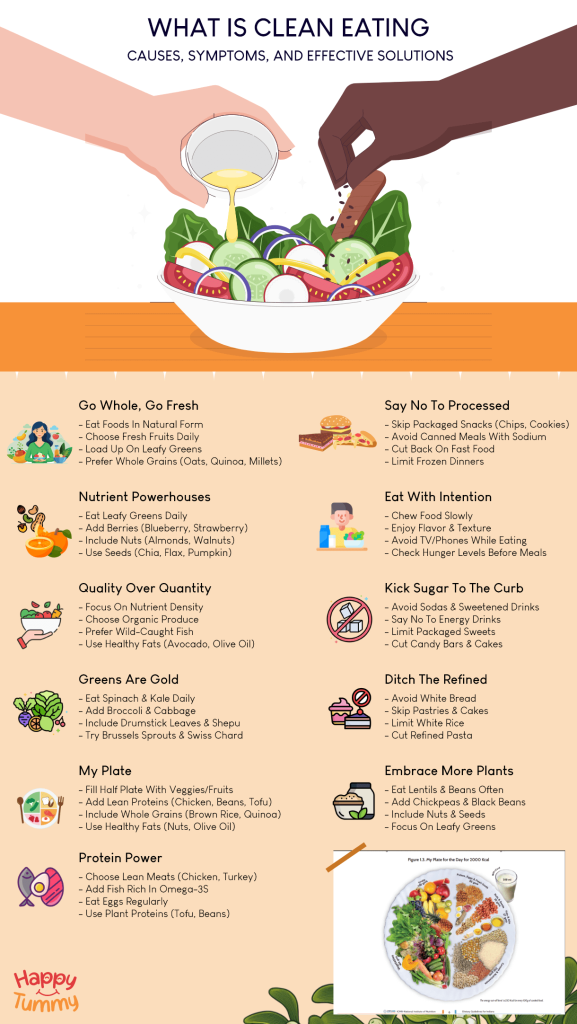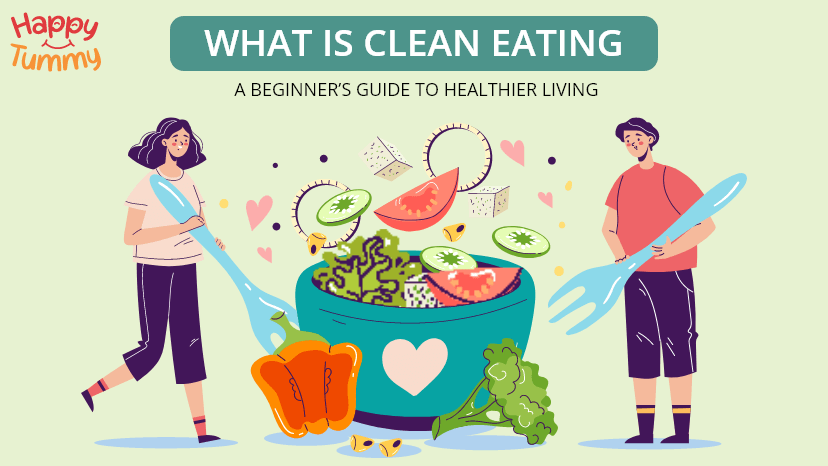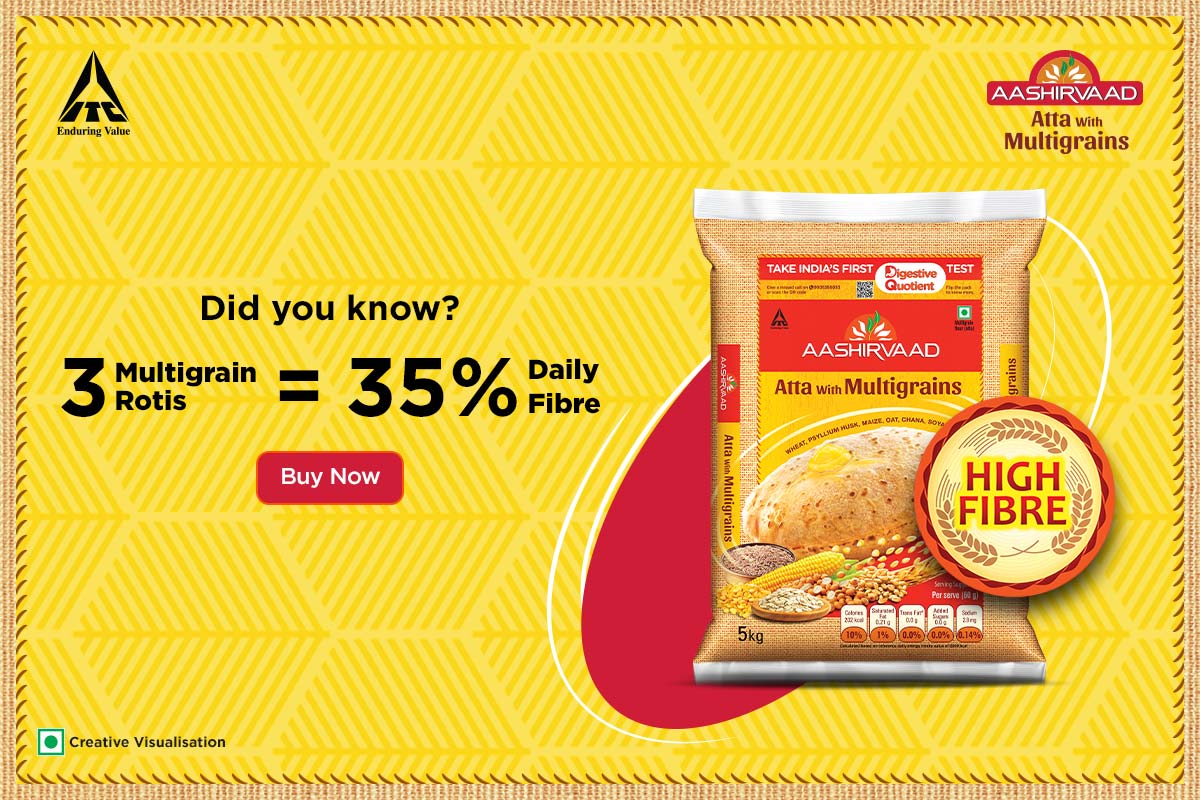Table of Contents
What if you could change your health by just changing what’s on your plate?
Imagine adopting a simple yet effective eating style that will help you wake up feeling lighter, have more energy, and watch your body flourish.
Welcome to clean eating.
There’s just one catch: Clean eating is more than just noise; it’s a proactive lifestyle choice that offers very real, sustainable results.
It is about remembering the foods you must eat to get to optimal health.
So what’s all the buzz about?
We’ve been hearing all about clean eating lately, but what exactly does clean eating mean, and how does it affect the way you live and feel?
In this guide, we are going to break it all down for you and show you just how clean eating could be the lifestyle for you.
Ready to really submerge yourself in a new world of food that might be the answer to unlocking your bestness?
Read on and you might find the solutions you’re seeking!

Clean Eating Basics: Simple Habits for a Healthier You
The case for clean eating isn’t about dieting or deprivation, but about simple, thoughtful food choices that help you feel your best and support your health.
You can free a healthier, more radiant version of yourself by taking on a healthy lifestyle that emphasizes nutrient-dense, whole foods while discarding processed foods.
Simple HABITS to incorporate into your daily life, from making fresh produce a priority to mindful eating.
Below are some of the key principles of clean eating that could transform your health, one meal at a time.
Go Whole, Go Fresh
“Go Whole, Go Fresh” is a fundamental tenet of clean eating, which highlights the significance of consuming foods in their most natural forms.
These meals are rich in vital elements like fibre, vitamins, and minerals that support physical & physiological processes and maintain your overall health.
Compared to processed meals, which frequently include artificial chemicals, preservatives, and empty calories, these foods are higher in nutrients.
By choosing whole, fresh ingredients, you’re providing your body with clean, quality fuel, which translates to your body finding better digestion, more energy, and the improvement of the immune system![1]
- Examples of Whole, Fresh Foods:
- Fresh fruits like apples, berries, and oranges
- Leafy vegetables like spinach, kale, fenugreek, and moringa
- Whole grains such as quinoa, oats, millets(jowar, bajra, ragi ) and brown rice
- Lean proteins like chicken, turkey, and fish
Try Aashirvaad Whole Wheat Atta, which is produced with the finest grains, giving it a beautiful amber hue and density.
With the use of contemporary “chakki-grinding” technology, Aashirvaad creates atta that is 100% Sampoorna Atta and contains zero maida.
2. Say No to Processed
If you’re looking to health-ify your diet, one of the top things you can do is get rid of processed food.
Processed foods, the ones that come in one of those pre-packaged containers, or packs, cans, or fast meals types, are primarily made up of these fats, together with plenty of sugar and salt, all types of these, including artificial preservatives, food additives, and color, at a minimum.
Those additives will make you sick — they come in pounds and chronic conditions like heart disease, diabetes, gut & digestive issues, and hypertension — and pack pounds onto your frame.
They may even alter your digestive and metabolic systems.[2]
- Processed Foods to Avoid:
- Packaged snacks like chips, cookies, and sugary granola bars
- Canned soups or meals with high sodium
- Fast food like burgers, fries, and fried chicken
- Pre-packaged deli meats or frozen dinners
- Ready to cook food
3. Nutrient Powerhouses
“Nutrient Powerhouses” are foods that pack a powerful nutrient punch, like vitamins, minerals, antioxidants, and other nutrients that may help manage chronic disease.
It’s not just that these foods are full of nutrients — all sorts of other beneficial compounds can be found in them.
Every single nutrient-rich food serves as a multi-nutrient supplier; many of them contain more than a few vitamins (A, B, C, D, E & K), and minerals (calcium, iron, zinc, magnesium, etc) as well as disease-fighting antioxidants that may help tamp down inflammation and shield our bodies from chronic disease.[3]
And since they’re full to the gills with all the good stuff we all want, they can help your immune system and boost your energy up — or even promote mental clarity.
- Examples of Nutrient-Packed Foods:
- Leafy greens like spinach, methi, moringa, and shepu
- Berries such as blueberries, strawberries, and raspberries
- Nuts like almonds, walnuts, and pistachios
- Seeds such as chia seeds, flaxseeds, and pumpkin seeds
- Eggs, lean meat
Aashirvaad Atta, with Multigrains, in collaboration with its high-profile nutritionists, designed the My Meal Plan test.
The test establishes the amount of fibre you eat in a day and creates an adequate diet to suit the requirements.
4. Eat with Intention
Eating with intention means making mindful decisions about what to eat and then eating it with awareness.
Instead of consuming food like you’re in a state of hypnosis, savour the taste of every bite of your meal, the feel of the textures in your mouth, the flavour, and the smell.
Being Mindful while eating is necessary to have a control over food cravings & hunger.
Mindfulness is an intentional focus on one’s thoughts, emotions, and physical sensations in the present moment.
Eating mindfully is when you are using all of your physical and emotional senses to experience and enjoy the food choices you make.
Mindful eating encourages one to make choices that will be satisfying and nourishing to the body.
This approach teaches you to tune in to your body and hunger signals, eating only when you’re legitimately hungry.
Eating mindfully also makes you aware when you are full and need to stop eating.
Simply by showing up when it feels like you are eating, you are making better decisions, supporting digestion, and building a healthy relationship with food.[4]
- Tips for Eating with Intention:
- Take time to chew each bite slowly and savour the flavours.
- Avoid distractions like TV or phones during meals.
- Check in with your hunger levels to ensure you’re eating when genuinely hungry.
- Stop eating when you’re comfortably full, not overstuffed.
Aashirvaad Atta with Multigrains invented the Digestion Quotient, and now you will get your ‘score’ on digestion from it—a 2-minute questionnaire to determine your Digestive Quotient measures below.
5. Quality Over Quantity
Always remember in clean eating, it is quality, not quantity, that matters.
It’s not about stuffing as much food as possible, but eating foods rich in nutrients that will properly fuel your body. One food is more nutritious than another.
In choosing high-quality foods, you are handing your body the energy it needs to keep rolling – and high-quality means food rich in nutrients necessary for long-term well-being. y
- Examples of High-Quality Foods:
- Organic fruits and vegetables
- Wild-caught fish like salmon, mackerel, or sardines
- Healthy fats like avocado, olive oil, and nuts
6. Kick Sugar to the Curb
Clean eating urges you to cut added sugars from your food. Instead, choose natural sweets, such as fresh fruit, dates, and incorporate fiber and other vital nutrients along with sweetness.[5]
Reducing added sugar enhances all aspects of health, and as you persist in cutting sugar, you should begin to feel even happier and energized.
Foods to Avoid:
- Sugary sips, such as soda, energy drinks, and sweetened coffee
- Packaged snacks such as cookies, cakes, and candy bars
- Sugar-added processed breakfast cereals
- Hard to detect sauces and condiments made with hidden sugars
7. Greens Are Gold
Leafy greens such as kale are some of the most nutrient-dense foods on earth that you can eat with a significant infusion of vitamins, minerals, and antioxidants!
Veggies like spinach, kale, and collard greens are packed with vitamins A, C, and K and calcium and iron, which all contribute to improved bone and immune health and more beautiful skin.[6]
Greens are also high in fiber, and this can keep things moving and ensure you feel full for longer. Make greens a daily habit!
- Examples of Nutrient-Dense Greens:
- Kale
- Spinach
- Collard greens
- Swiss chard
- Broccoli
- Brussels sprouts
- Cabbage
- Drumstick leaves
- Shepu
8. Ditch the Refined
Refined carbohydrates – white bread, pasta, and sugary cereals, for example – have been stripped of essential nutrients and vital properties.
These types of foods can cause rapid peaks in your blood sugar, which can then be followed by crashes that will leave you sluggish and hungry.[7]
Refined Carbs to Avoid:
- White bread, pastries, and limit white rice
- Sugary cereals and snack cakes
- Refined pasta made from white flour
- Packaged baked goods with added sugar and fat
9. My Plate
It is developed by the ICMR, which provides simple guidance on achieving a balanced diet that sources energy from different food groups.
The plate recommends sourcing macronutrients & micronutrients from a minimum of 10 food groups, including vegetables, fruits, green leafy vegetables, tubers and roots, cereals (whole grains & millets), nuts & seeds, pulses, eggs & flesh, fats & oils, and milk & milk products.
The plate typically illustrates the proportion of foods from different food groups to be sourced for a 2000kcal Indian diet.[8]
My plate contains a variety of whole, unprocessed foods from different food groups. Aim to achieve a balance of colourful vegetables, lean proteins, whole grains, and healthy fats.
Each of these foods makes an essential contribution to nourishing the body.
Vegetables and fruits supply crucial vitamins, antioxidants, and fiber, lean proteins build and repair muscles, whole grains provide steady energy, and healthy fats help protect your heart.[9]
Creating nutrient-packed meals helps improve your overall health, boost your energy, and ensure you’re getting the nutrients your body needs to thrive.
- How to Build a Nutrient-Packed Plate:
- Fill half of your plate with colorful vegetables and fruits.
- Include a lean protein source like chicken, tofu, or beans.
- Add whole grains like quinoa, brown rice, or barley.
- Include a source of healthy fat, like avocado or olive oil.
10. Embrace More Plants
A plant-based, or plant-centric, diet means eating more of the types of foods that are good for you, particularly fruits, vegetables, lentils, beans, nuts, and seeds.
They are full of fibre, vitamins, antioxidants, and healthy fats that support heart health, digestion, and immunity.[10]
These nutrient-packed antioxidant foods may help fight disease while fitting nicely into your eco-friendly lifestyle.
One of the easiest ways to have a significant impact is to eat more plants.
- Foods to Include in Your Plant-Based Diet:
- Legumes: Lentils, chickpeas, black beans, and kidney beans
- Nuts and Seeds: Almonds, chia seeds, flaxseeds, and pumpkin seeds
- Leafy Greens: Spinach, kale, arugula, and collard greens
- Fruits: Berries, apples, bananas, and oranges
11. Protein Power
Protein is an essential macronutrient in your body to develop and repair tissues, create enzymes, and keep your immune system running. It also helps to keep you feeling fuller for longer by regulating your metabolism.[11]
Among other things, it helps to stabilize your blood sugar, heal you after exercise, and keep your muscles in a fighting mood.
- Examples of Protein Sources:
- Lean Meats: Chicken, turkey
- Fish: Salmon, tuna, and mackerel (rich in omega-3s)
- Eggs: Hard-boiled, scrambled, or in omelettes
- Plant-Based Proteins: Tofu, beans (black beans, kidney beans), quinoa, nuts, seeds, and tempeh
Bottom Line
Clean eating is a gateway to a healthier way of eating full of more nutritious foods and fewer unhealthy foods — all the delicious stuff you need to feed your body more of the good stuff and help decrease the risk of chronic disease — but not a fad.
You’re fueling up with nourishing foods that are minimally processed, like whole fresh fruits and vegetables, lean proteins, whole grains, and healthy fats, which means you’ve already given your body and brain the natural energy it needs to function and get through the day.
Clean eating also advocates for moderation, where all food groups should be eaten in the proper amounts. But the real key to consistent success is having a balanced diet.
Keep in mind, you should consult a healthcare professional or registered dietitian before drastically changing your diet.
And they can help customise your eating plan to your individual health goals, helping to make sure you’re on track to support long-term wellness goals.
Frequently Asked Questions
Absolutely! Clean eating can be adapted to even the busiest of schedules. The key is to plan and have nutritious, easy-to-prepare ingredients on hand.
Preparing meals in advance and batch cooking, as well as having healthy snacks such as fruits, nuts, and pre-washed veggies on hand, can help keep you on track.
Clean eating is a way of life and revolves around eating whole, unprocessed foods in their most natural form, such as fruits, vegetables, lean protein, and whole grains. It’s not about restrictive dieting and counting calories, but rather healthy and more mindful food choices.
Unlike fad diets, clean eating promotes balance, nourishment, and long-term sustainability, and an emphasis is placed on nutrient-dense foods as opposed to processed or artificial choices.
While it is true that clean eating is a good idea for the vast majority of people, it’s always a good idea to speak with a healthcare professional or a registered dietitian before taking any significant steps to change your diet.
They can give tailored advice based on your health objectives, medical history, and nutritional requirements to ensure you’re consuming a diet that aids your general health in a balanced and sustainable manner.
Eating clean is eating a balanced diet that gives the body the nutrition it needs to grow, develop, and stay healthy. It helps keep you healthy by boosting brain and immunological function, giving you energy, and keeping you in good health.
To get this, you need to eat a range of healthy meals from different categories since no one item has all the nutrients you need.
















